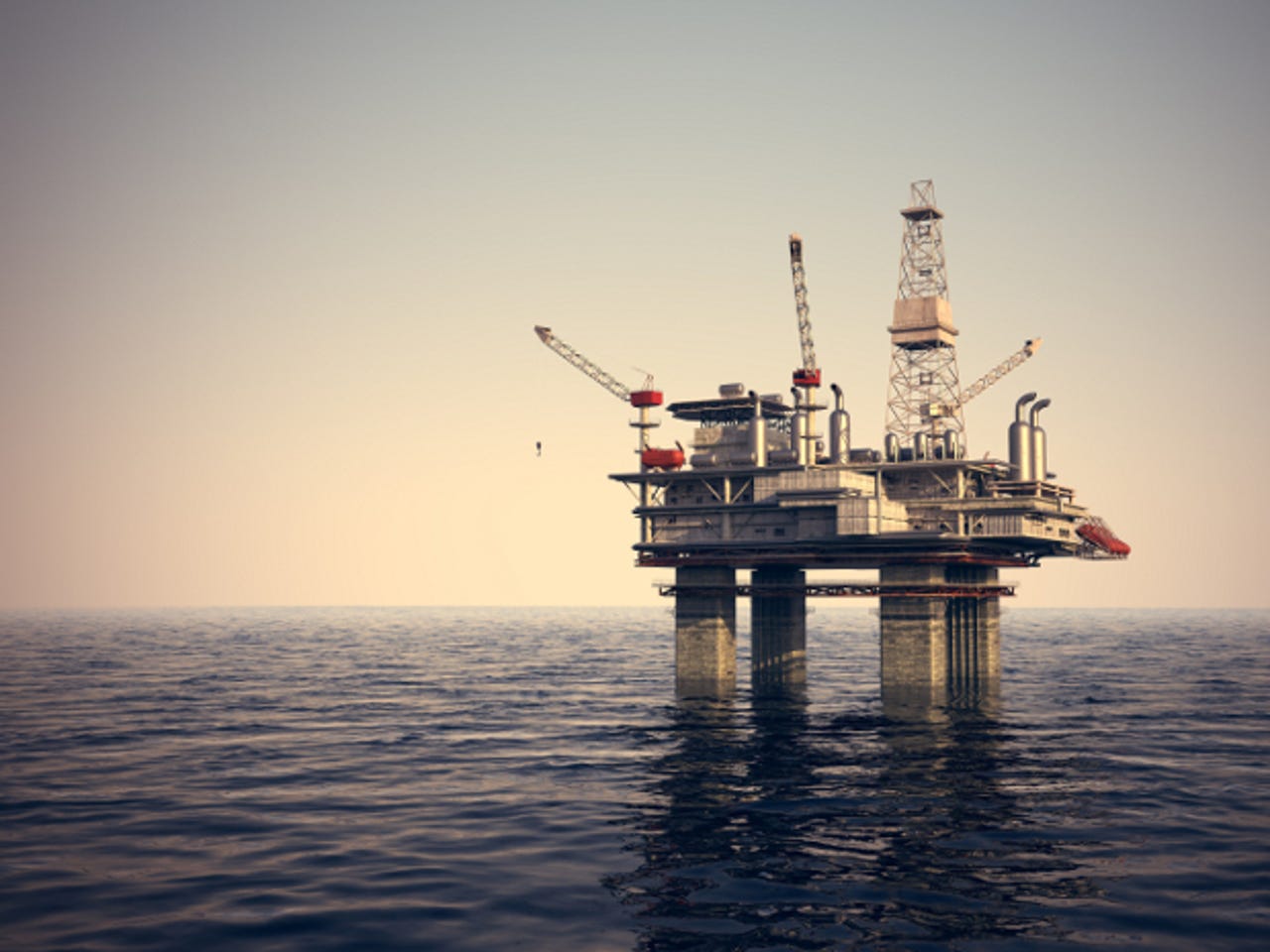Connecting the 'datacentre paradise': The North Sea's latency-slashing fibre network opens up


Tampnet's fibre network crosses the North Sea via the offshore oil platforms located there, using the shortest route between Norway and UK, both in terms of the geographical distance as well as data transit time due to number of hops and other latency-inducing network elements.
Tampnet says its network has a round trip delay of 10 to 12 milliseconds for the North Sea crossing, making it one of the fastest routes into and out of Norway. The company is hoping its speed will appeal to businesses that want to operate their own private connections - particularly for the budding datacentre industry in Norway, and for those who want to avoid data transit through Sweden due to the legislation there that allows the government to eavesdrop on all data traffic in transit through the country.
Managed services
"We're not offering a general availability of dark fibre, but we can do this for a few particular customers. Our [generally] available offering will be a managed service with high performance and high quality. This will be competitive, in particular for clients who are concerned about low latency and redundancy and diversity," Per Helge Svensson, CEO of Tampnet, told ZDNet.
For customers that need high performance, Tampnet can offer dedicated laser light frequencies. For customers with less demanding requirements, the standard product will be an MPLS-based private subnet.
See also
"The managed service product will offer a latency of six milliseconds per way between Oslo and London. We can deliver 10Gbps connections or more, as well as much lower bitrates than that. Our cable system is passive, so we can upgrade the termination equipment as new technologies become available, unlike for instance some transatlantic connections where the transmission technology is built into the cables themselves," he added.
Avoiding Sweden
There aren't many long-haul data connections from Norway to continental Europe. Almost all of the connections run via Sweden and through the northern European countries on their way to the major interconnects in Amsterdam and London.
This has two major disadvantages for many parties that need long-distance connections: first, the cables through northern Europe travel through several interconnects that introduce latency and delays in the traffic handling; and secondly, traffic passing through Sweden may be monitored by the Swedish government.
As of 2009, Swedish legislation allowed the Swedish military intelligence service (FRA - Försvarets Radioanstalt) to wiretap all telephone and internet traffic crossing Swedish borders without a warrant. This legislation is known as the 'FRA-law', and can perturb organisations that want to keep their communications private. In order to do that, some are forced to avoid transitting traffic through Swedish territory.
2,500km of fibre
The offshore oil industry in the North Sea is, and has always been, a big consumer of communications capacity, and so has rolled out high-capacity offshore networks to meet demand. Traditionally, each oil field operator company has installed its own communications infrastructure itself, in order to hook up its offshore networks to an onshore landline. These connections have usually been wireless where possible, but there are also many fibre cables laid along the oil and gas pipes on the seabed, which crisscross the North Sea.
In more recent years, operating and investing in these offshore connections has been left to dedicated communications companies who then sell their services to the oil industry.
Tampnet is one such operator, and the company says it now runs the "largest offshore high-capacity communications network in the world" through its infrastructure in the North Sea and the Gulf of Mexico.
Tampnet has its origins in an acquisition made by Norway's state-owned oil company Statoil in 2001, the year when carrier Enitel went bankrupt. Statoil bought Enitel's offshore fibre network, and later established Tampnet as an independent communication provider for the offshore oil industry.
Since then, Tampnet has both installed its own undersea fibre cables, as well as acquired connections originally laid and owned by the oil companies. Now, the company's network runs to more than 2,500km of subsea fibre in the North Sea, covering the Danish, Norwegian, and UK sectors.
New business unit
The driver for Tampnet to expand from being a dedicated offshore industry communications provider to a general international fibre carrier open for anyone, is that Tampnet recently got a very important connection in the UK sector of the North Sea. In December last year, Tampnet acquired a subsea fibre connection to the Scottish city of Aberdeen from the British oil company BP.
According to Tampnet, the connection enables the company to provide "at least two 100 percent separate and independent routes across the North Sea". Because of this, Tampnet decided to establish a new business unit, launching the company as an international fibre carrier.
"We're seeing a market that's in transition these days. We want to position ourselves as an international carrier with a focus on the customers who want a prime product, where low latency is important. The Nordic countries are about to become a 'datacentre paradise', and we're convinced that Norway will also play on that field. There are other interesting segments as well, for instance finance and media, where latency and capacity is important," Tampnet's Svensson said.
The Tampnet CEO isn't too worried about the competition, at least not in the short term. "As of now, there are no others who've got fibre across the North Sea. We know there are initiatives for laying fibre alongside planned electricity cables between Norway and the continent and the UK. However, this is a couple of years into the future, so today we've got no competitors. As a result, we're unique today in terms of the capacity and performance that we can offer on this crossing," he added.
Read more on this story